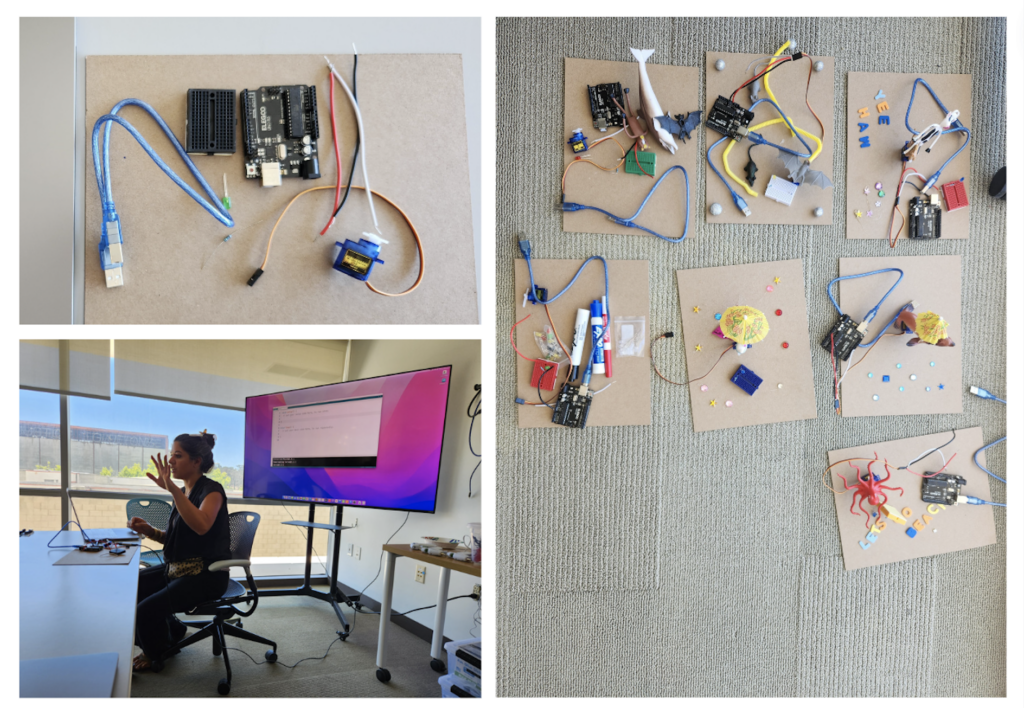Colors of the Brain (CoB), a UC San Diego student organization established in 2016, aims to foster diversity in STEM graduate education. It accomplishes this by pairing undergraduate students from historically underrepresented backgrounds with dedicated graduate student mentors who have successfully navigated the transition into Ph.D. or M.D./Ph.D. research programs.
EnCORE, in collaboration with CoB, organized an engaging robotics arts and crafts session on Friday, July 7, 2023. The event, led by Saura Naderi, sought to introduce participating students to the fundamentals of programming. The session covered essential skills such as wiring a basic circuit, programming an LED to blink, and utilizing Arduino to program a servo motor. After mastering servo programming, students were encouraged to unleash their creativity by designing their own robotics arts and crafts projects. These creations were showcased on an 8×11 platform, each decorated with a dynamic and moving arts and crafts piece, exemplifying the newfound programming skills acquired during the session.






